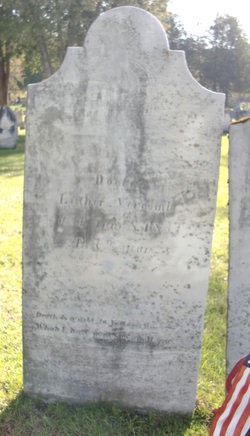Luther NEWCOMB
SAR Patriot #:
P-255644
The following information was assembled from numerous sources and cannot be used directly as proof of Qualifying Service or Lineage.
It is considered a research aid and is intended to assist in locating sources that can be used as proof.
State of Service: MA/CT
Qualifying Service: Private
DAR #: A082703
Birth: 12 Jun 1762 Lebanon / New London / CT
Death: 08 Jun 1834 Bristol / Addison / VT
Qualifying Service Description:
NSDAR cites:
- PVT UNDER LT AMASA CAMP, MA;
- CAPT ELIAS BLISS, COL LEDYARD, CT
- PRIVATEER ON SLOOP 'RANDOLPH' UNDER CAPT NICHOLAS FOSTWICK
Additional References:
- NSDAR cites: Service Source: *S18527
- SAR Patriot Index Edition III (CD: PP2210, Progeny Publ, 2002) plus data to 2004
Spouse: Pamelia Larrabee Kennedy
Children: Charlotte; Luther; Pamelia; Lorain; Philetus;
Members Who Share This Ancestor
| Date Approved | Society | ACN | SAR Member Info | Lineage via Child | View Application Detail | |
|---|---|---|---|---|---|---|
| 1982-07-28 | TX | Unassigned | William Jennings Newcomb (120642) | Luther | ||
| 1985-11-12 | TX | 228675 | John Hartnell Newcomb (126615) | Philetus | ||
| 2022-12-09 | KS | 104574 | John Lawrence Hart Owen (224577) | Luther | ||
| 2022-12-09 | KS | 104575 | John Hart Owen II (224578) | Luther | ||
| 2022-12-09 | KS | 104576 | Jackson Thomas Owen (224579) | Luther | ||
| 2022-12-09 | KS | 104577 | Wyatt Cole Owen (224580) | Luther |
Burial:
Location:
Bristol / Addison / VT / USA
Find A Grave Cemetery #:
Marker Type:
Marble
SAR Grave Dedication Date:
Comments:
Photo by permission: Herman Brown, Vermont SAR
Directions to Cemetery / Gravesite:
